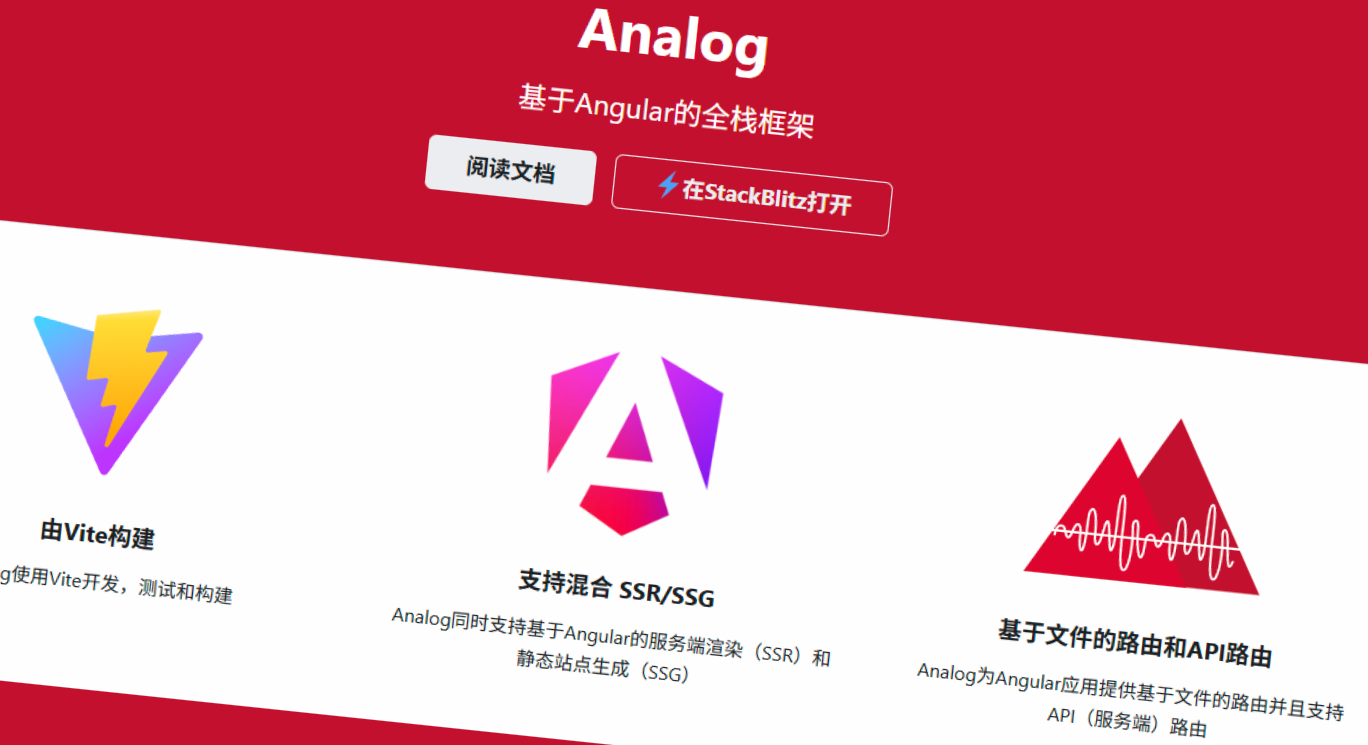· Jun Yuan · DevOps · 2 min read
Fixing Windows Service DevOps Artifact Issue
Learn how to resolve file structure issues in DevOps pipelines for Windows Service applications based on .NET 8.0 by compressing and extracting build artifacts.
Fixing Windows Service DevOps Artifact Issue
When working with Windows Service applications based on .NET 8.0 in a .NET Core environment, you might encounter issues with file structure changes during the DevOps pipeline process. This article explains the problem and provides a solution.
The Problem
While building and packaging a Windows Service application using Azure DevOps, I noticed that the runtimes directory’s file structure was altered when downloading the build artifacts in the Release pipeline. This caused the application to fail during deployment.
The issue occurred because the build artifacts were not compressed during the packaging step. Without compression, the file structure was modified during the artifact download process.
The Solution
To resolve this issue, I updated the pipeline to compress the build artifacts during the packaging step. Additionally, during deployment, I ensured that the compressed artifact was manually extracted and used to overwrite the existing files.
Steps to Fix the Issue
Modify the Build Pipeline:
- In the
DotNetCoreCLI@2task, enable theZip published projectsoption during thepublishstep. This ensures that the build artifacts are automatically compressed into a.zipfile.
- In the
Update the Release Pipeline:
- Add an
Extract filestask to the Release pipeline to extract the compressed artifact. This step ensures that the files are properly extracted to the deployment directory.
- Add an
Verify the Deployment:
- After extracting the files, verify that the
runtimesdirectory and other file structures remain intact. - Test the deployed application to ensure it works as expected.
- After extracting the files, verify that the
Example YAML for Compression
Below is an example of how you can modify your Azure DevOps YAML pipeline to enable compression during the DotNetCoreCLI@2 publish step:
- task: DotNetCoreCLI@2
inputs:
command: 'publish'
publishWebProjects: false
zipAfterPublish: true
arguments: '--configuration Release --output $(Build.ArtifactStagingDirectory)'Deployment Script for Extraction
During deployment, you can use an Extract files task in the Release pipeline. Below is an example configuration:
- task: ExtractFiles@1
inputs:
archiveFilePatterns: '$(System.DefaultWorkingDirectory)/build-artifact.zip'
destinationFolder: '$(System.DefaultWorkingDirectory)/extracted'
cleanDestinationFolder: trueConclusion
By compressing the build artifacts and ensuring proper extraction during deployment, you can avoid file structure issues in the DevOps pipeline. This approach ensures that your Windows Service application based on .NET 8.0 is deployed correctly and functions as expected.
If you encounter similar issues, consider reviewing your pipeline configuration and ensuring that artifacts are handled in a way that preserves their integrity.
